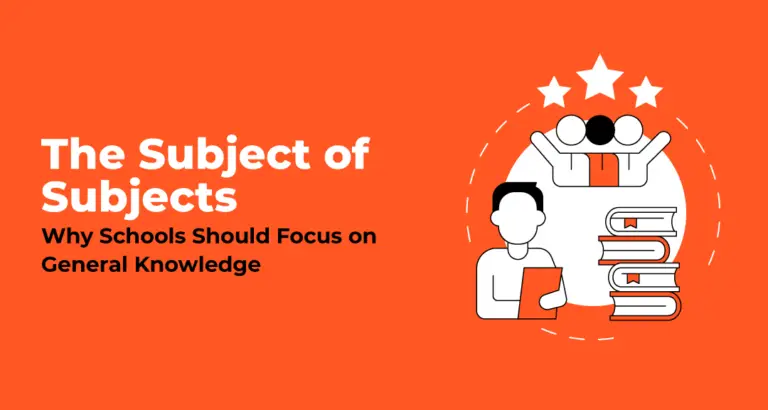Unsung Heroes of Indian Independence
- Teaching
- September 4, 2024
- Ms. Harmandeep Kaur

“My motherland, my pride”
Independence, a term synonym of freedom or liberty, was the driving force behind Indian independence struggle. Freedom to think, freedom to act and freedom to lead a desirous life. Freedom from oppression, freedom from ignorance and freedom from shackles of slavery. Innumerable lives were lost before we could witness the glorious dawn of independence. Our freedom fighters laid their lives for their motherland unhesitatingly.The unrelenting tales of their resilience, courage and bravery still give us goosebumps. Mahatma Gandhi, Subash Chander Bose, Bhagat Singh, Rani Laxmi Bai, Udham Singh, Mangal Pandey, Lala Lajpat Rai, Kartar Singh Sarabha- the list is endless. Their lives epitomize selfless love for one’s motherland. These names are etched in our minds and our hearts. Besides these renowned and well known freedom fighters, there are many names which lay buried in our history books. Today I am going to celebrate the lives of these freedom fighters who have been waiting for recognition.
1. Matangini Hazra- Matangini was born on 19 th October 1870 to Thakurdas Maity and Bhagabati Maity at Midnapore. She was the first “Quit India “martyr in Midnapore. On 29 th September 1942 , she was shot dead by the British Indian police in front of a police
station when she was leading one of the five batches of volunteers. She was not formally educated as she belonged to a poor family. She got married when she was twelve and at the age of eighteen, she became a widow. In 1930 she also took part in Civil Disobedience movement and was arrested. In 1977 her statue was put up in Kolkata.
2. Aruna Asaf Ali- She was born on 16 th July 1909 at Kalka, Punjab. She was a political activist, educator and publisher. Aruna received her formal education from Sacred Heart Convent in Lahore and graduated from All Saints College, Nainital. She worked as a
teacher in the Gokhale Memorial School in Calcutta.She married Asaf Ali, who was twenty years senior to her in 1928.She was a member of Indian National Congress and was arrested at the age of twenty one. She is remembered for hoisting the Indian National flag at the Gowalia Tank maidani, Bombay during the Quit India movement in 1942.Pist independence she became Delhi’s first Mayor.
3. Bhikhaji Cama – She was called the “Mother of the Indian Revolution “.She was born on 24 th September 1861 at Navsari, Bombay. Her father, Sorabji Framji Patel was a famous lawyer and a merchant. She attended Alexandra Girls ‘English Institution. She married Rustom Cama who wanted to enter politics. In October 1896 when Bombay Presidency was hit by famine and bubonic plague, Bikaji worked hard to provide care to the afflicted. As a result she herself contracted plague and was sent to Britain for medical care.
4. Rani Gaidinliu – She was born on 26 th October 1915 at Nungkao village in Manipur. Her full name was Gaidinliu Pamei. She was a freedom fighter and also a political leader. She was the fifth child of her parents and did not receive any formal education as their were no schools in the area. She joined the Heraka religious movement at the age of thirteen and came to be considered an incarnation of Goddess Cherachamdinliu within the Hereka faith. At the age of sixteen, she was sentenced to life imprisonment. Pt. Nehru gave her the title of Rani. After this she gained local popularity in her area. She died on 17 th February 1993 when she was 78 years old and was awarded the Birsa Munda award posthumously.
5. Alluri Sitarama Raju – He was born on 4 th July 1897 at Pandrangi, Madras. His father was a professional photographer and his mother was a homemaker. His father died when he was 8 years old. It is said that when he was in college, he fell in love with a girl
and her untimely demise left him heart broken. He added the word Seeta to his name in her remembrance. He was so touched by the innocence of tribal people that he started educating them about their rights. He also equipped them with weapons and motivated them to learn guerrilla warfare. He died on 7 th May 1924.
6. Peer Ali Khan – He was an Indian revolutionary and rebel born in 1812.He was a bookbinder by profession. He was the leader of upsurge in July 1857 in Patna. He used to distribute secret messages to revolutionaries. He was hanged in full public on 7 th July 1857.In 2008 a road adjacent to the Patna Airport was named after him. Shaheed Peer Ali Khan Park is created by the Bihar government at the spot where he was hanged. He was a symbol of fearless spirit and resilience.
7. Vely Nachiyar – She was born on 3 rd January 1730 in Ramanathapuram Kingdom of Sivaganga. She was the princess of Ramanathapuram.She was proficient in martial arts, horse riding and archery. She also knew several languages like French, English and Urdu. After the death of her husband, she took support of Hyder Ali and Tipu Sultan and fought against British East India Company. She died on 25 th December 1796.
8. Gangadin Mehtar – He was born at Bithoor, Uttar Pradesh and belonged to Valmiki community. According to a popular story Nana Saheb Peshwa saw him with a dead tiger on his back and was so impressed with his bravery, that he asked Gangu to join
his army. He killed 150 British soldiers alone with his sword.He was arrested and his body was tied to a horse and dragged till Kanpur.Then he was hanged.
9. Tripur Kumaran – He was popularly known as “Kothi Kaatha Kumaran” meaning the flag protector. He was born on 4 th October 1904 in Tamil Nadu. He was inspired by Mahatma Gandhi’s non-cooperation movement and found the Desh Bandhu Youth Association. He motivated the youth to take part in freedom struggle. During a procession he was brutally beaten for holding the Indian National flag but he didn’t let the flag touch the ground. He became a martyr at the young age of 27.He breathed his last breath on 11 th January 1932.
10. Birsa Munda – He was a prominent tribal figure and leader of Munda rebellion. He was born on 15 th November 1875 at Ulihatu, Ranchi. He created a faith called “Birsait”.He is known for challenging the British Christian missionaries. His portrait is hanging in Indian Parliament Museum. He was called the “Dharati Baba” – the father of Earth. Birsa Munda died in jail on 9 th June 1900.Several organizations are named after him, famous being Birsa Munda Airport, Ranchi , Birsa Institute of technology, Sindri, Birsa Munda hockey stadium, Rourkela and Birsa Agricultural University.
Let us all recognize the supreme sacrifices of these unsung heroes who lay buried in our history books and overshadowed by more famous names. We should give them the credit they deserve and pass on the saga of these brave revolutionaries to our future generations.
“ Jai Hind “
This blog is the winning entry in our VOLT Independence Day Contest for Teachers on the topic: “Unsung Heroes of Indian Independence”
Submitted by: Ms. Harmandeep Kaur, St. Joseph’s Convent School, Jalandhar, Punjab.
Please note: The views and ideas expressed in this blog are those of the author and do not necessarily reflect the views of our organization.



